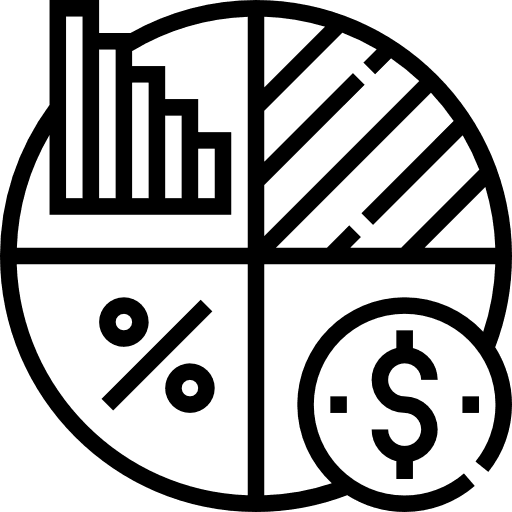Investment Calculator

$
years
%
$
Summary
Value Over Time
Annual Schedule
| Year | Deposit | Interest | Ending Balance |
|---|
About the Investment Calculator
The Investment Calculator is an intuitive, web‑based tool designed to help you project the future value of your savings and contributions over time. By combining your starting principal, expected return rate, compounding frequency, duration, and optional periodic contributions, this calculator generates:
- A concise summary of inputs vs. outputs
- An interactive line chart showing balance growth year by year
- A detailed annual schedule table breaking down deposits, interest earned, and ending balances
Why Long‑Term Investing Matters
Time in the market is one of the most powerful drivers of wealth creation. Money invested today has the opportunity to earn returns not only on the principal but also on the returns themselves — a phenomenon known as compound interest. Over decades, compound growth can turn modest contributions into substantial nest eggs, enabling financial goals such as:
- Retirement security
- College funding
- Home down payments
- Wealth legacy for heirs
How the Calculator Works
Under the hood, we use the standard future‑value formula:
FV = P · (1 + r/n)ⁿᵗ + C · [ ( (1 + r/n)ⁿᵗ – 1 ) / (r/n) ]
Where:
- P = Starting principal
- r = annual return rate (decimal)
- n = compounding periods per year
- t = number of years
- C = periodic contribution
By varying n you can model annual, semi‑annual, quarterly, monthly, bi‑weekly, weekly, or daily compounding.
Example Scenario
Suppose you invest $5,000 today, expect an 8% annual return, plan to contribute $200 monthly, and wish to hold for 20 years.
| Year | Start Balance | Deposits | Interest | End Balance |
|---|---|---|---|---|
| 1 | $5,000.00 | $2,400.00 | $448.00 | $7,848.00 |
| 5 | $30,120.65 | $12,000.00 | $3,409.65 | $45,530.30 |
| 10 | $75,051.26 | $24,000.00 | $7,204.01 | $106,255.27 |
| 20 | $172,997.19 | $48,000.00 | $13,839.77 | $234,836.96 |
After 20 years, your projected value is $234,836.96. This illustrates the dramatic effect of compound growth plus consistent contributions.
Insights on Investing
Investing early and regularly is widely recommended by experts at
Investopedia,
Forbes Investing, and the
U.S. Securities and Exchange Commission.
Key factors to consider:
- Risk vs. Return: Higher potential returns usually involve higher risk.
- Diversification: Spreading investments across asset classes can reduce volatility.
- Fees: Minimize management and trading fees to boost net returns.
- Inflation: Aim for annual returns above the inflation rate (2–3%) to preserve purchasing power.
Advanced Tips & Best Practices
- Rebalance Regularly: Adjust allocations if markets move your portfolio too far from targets.
- Use Tax‑Advantaged Accounts: IRAs, 401(k)s, HSAs can shelter gains from taxes.
- Dollar‑Cost Averaging: Invest fixed amounts periodically to smooth out market volatility.
- Avoid Emotional Trading: Stick to your plan and avoid panic selling in downturns.
- Keep an Emergency Fund: Ensure 3–6 months of living expenses in cash before investing.
Common FAQs
- What’s the difference between simple and compound interest?
- Simple interest is calculated on the principal only. Compound interest is calculated on principal + accumulated interest.
- How often should I update my assumptions?
- Review annually or if your return expectations, contribution ability, or time horizon change significantly.
- Can I model inflation?
- Yes—simply reduce your expected return rate by your target inflation rate to estimate real growth.
- Why does compounding frequency matter?
- More frequent compounding (e.g., monthly vs. annual) yields slightly higher effective returns.
- Is this calculator suitable for crypto or alternative investments?
- You can enter any expected rate, but high-volatility assets may require more conservative planning.
- Where can I learn more about long‑term investing?
- Explore resources like
Vanguard Education,
Fidelity Learning Center, or
CNBC Investing.
For more interactive financial tools and calculators—completely free—visit
ToolStack Central.

